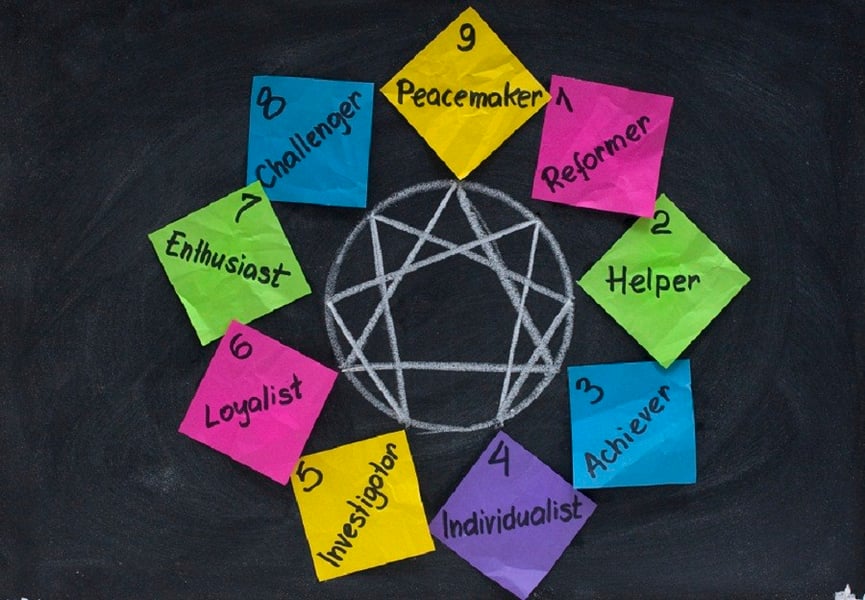

People have a tendency to gravitate to those who are similar to them. Humans, by nature, are tribal beings and prefer to associate with those who share certain characteristics, temperaments and skillsets.
This can create a challenge when it comes to hiring employees because, if we are not careful, we’ll wind up hiring people very similar to ourselves.
I’ve learned this the hard way over my career. I’m extroverted, enjoy new challenges, love meeting new people and get easily excited. I’m also one who gets distracted easily, I’m not great at follow through, I struggle with details, and I get bored quickly.
In my early years in this profession, I found that I hired people who were quite similar to me. These were the people who were easy to interview as they, too, were extroverted and not shy to share their abilities and why they would make a great employee.
A thriving organization, whether it’s a three-person team or large firm, is one made up with people who have complementary strengths and abilities. If an organization is made up with folks who are all wired the same, there will be too many gaps and success will be elusive.
Regardless of whether you’re hiring your first employee or your 20th, a great place to start is by understanding what you bring to the workplace and what gaps you leave.
There are some great tools to help identify your strengths. One simple tool that has been helpful to me over the years is the Kolbe A index www.Kolbe.com. This assessment measures the areas in which one is wired to take action. When I took the assessment for myself, it showed that I scored extremely high on starting things, was somewhat weak on fact finding and I was terrible at follow through.
You can imagine what a mess my team would be if it were made of people like me. We would likely start a number of projects, without thinking through the details, and we would struggle to fully complete any of them. Kolbe has been helpful over the years in ensuring I have people on my team with strengths and skills that I don’t have.
Another helpful tool to better understand both yourself as well as employees is the Strenghtsfinder assessment from Gallup (now called CliftonStrenghts) www.gallup.com/cliftonstrengths. This assessment looks at 34 different themes and helps you understand your top five themes.
Finally, a newer assessment that is helpful for building teams is Working Genius from Patrick Lencioni’s Table Group www.workinggenius.com. This tool illustrates what gifts you bring to work and can highlight what types of people you should add to your team to ensure you have the right people.
There are a number of other tools and assessments available today that may be equally as useful to you. These are just of few that I have relied upon.
Understanding my own strengths and weaknesses, along with the gaps that exist in my organization, has helped me move from hiring people similar to me to attracting team members who have skillsets, passions and abilities that complement the organization.

Elsewhere in Utah, Raymond James also welcomed another experienced advisor from D.A. Davidson.

A federal appeals court says UBS can’t force arbitration in a trustee lawsuit over alleged fiduciary breaches involving millions in charitable assets.

NorthRock Partners' second deal of 2025 expands its Bay Area presence with a planning practice for tech professionals, entrepreneurs, and business owners.

Rather than big projects and ambitious revamps, a few small but consequential tweaks could make all the difference while still leaving time for well-deserved days off.

Hadley, whose time at Goldman included working with newly appointed CEO Larry Restieri, will lead the firm's efforts at advisor engagement, growth initiatives, and practice management support.
Orion's Tom Wilson on delivering coordinated, high-touch service in a world where returns alone no longer set you apart.
Barely a decade old, registered index-linked annuities have quickly surged in popularity, thanks to their unique blend of protection and growth potential—an appealing option for investors looking to chart a steadier course through today's choppy market waters, says Myles Lambert, Brighthouse Financial.
